On a windless afternoon, a dune can suddenly begin to hum – low, steady, and eerily musical. For centuries, travelers wrote about this strange desert voice, but the physics behind it remained a puzzle that slipped through scientists’ fingers like, well, sand. Now, a wave of field measurements and lab experiments is revealing how friction and crowd behavior among tiny grains can build a sound big enough to fill a valley. The story blends ancient observations with modern sensors, and it connects in Morocco, China, and the United States into one global orchestra. I still remember the first time I heard it in Death Valley; it felt like standing inside a giant cello, the note blooming from the slope itself.
The Hidden Clues

What makes a dune hum like a bass note you can feel in your ribs? The answer hides in a thin, active layer of moving grains – just a few centimeters deep – where countless collisions line up into a single, synchronized rhythm. When a dry avalanche begins, frictional stick-and-slip between grains produces tiny squeaks that, under the right conditions, lock together.
That lock-in is the clue: if enough grains move in step, their microscopic vibrations add up, the way many hands clapping together can shake a room. Field teams report that the pitch depends on the speed of the avalanche and the size of the grains, often landing in the low, organ-like range. The result is not a random roar but a focused tone that can carry across the flats and linger after the slide slows.
From Ancient Ears to Modern Science

Caravans crossing North Africa knew these “booming” long before anyone brought accelerometers or high-speed cameras to the sand. Early scholars speculated about trapped air, subterranean chambers, even hidden water – ideas born of honest confusion in the face of a natural loudspeaker. Only with systematic surveys did researchers map where the phenomenon appears and which slopes are prone to sing.
Today, teams use microphones buried in the slip face, laser vibrometers tracking grain motion, and precise humidity and temperature probes. They’ve compared sites from Morocco’s Erg Chebbi to China’s Badain Jaran, Kazakhstan’s Altyn-Emel, and California’s Eureka . The through-line is clear: well-sorted, very dry, polished grains create the most reliable voices, while moisture or surface crusts muffle the sound like a blanket.
Inside the Physics of a Boom
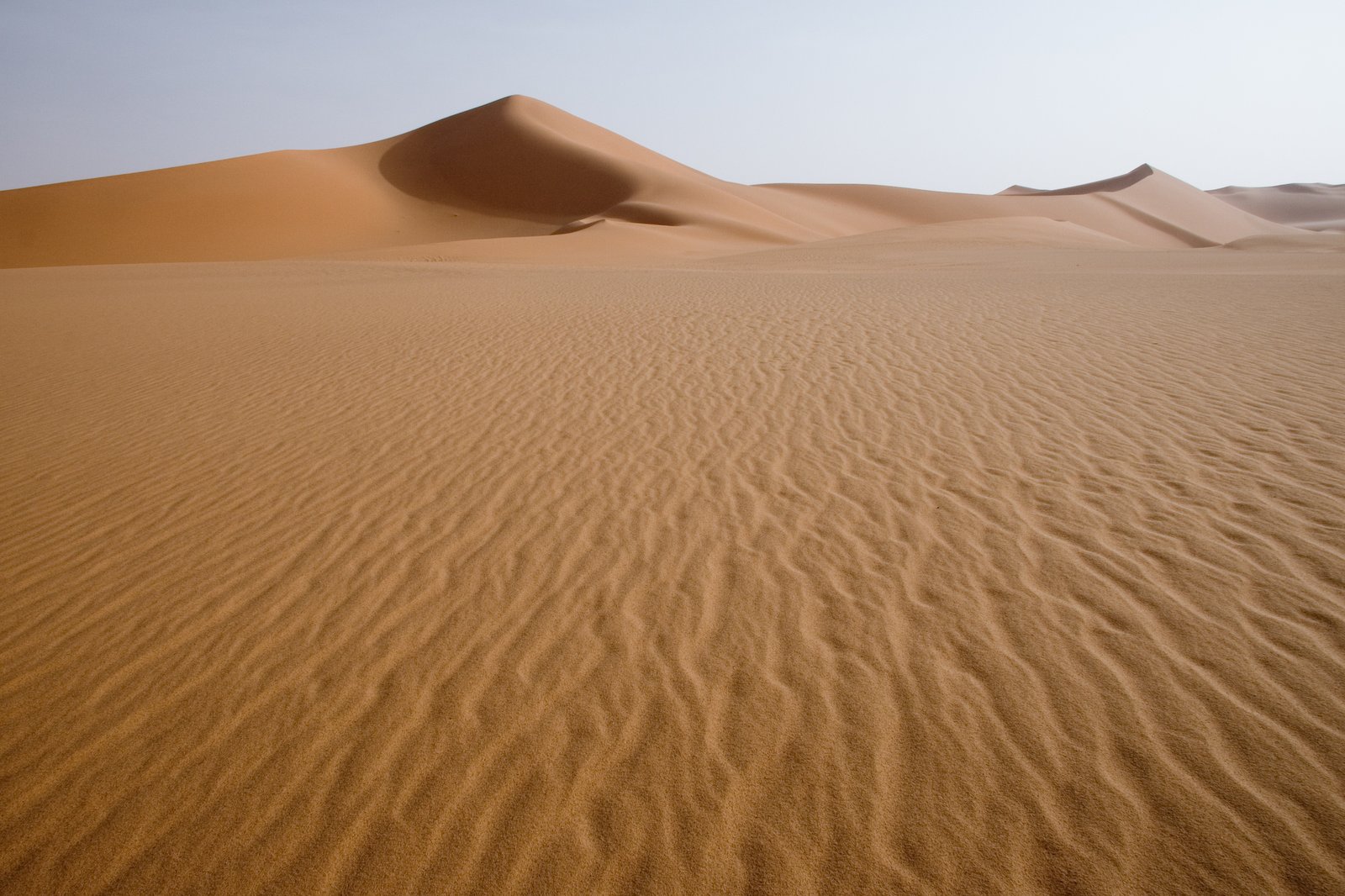
At the heart of the mystery is friction – specifically, the stick-slip friction that happens when grains alternately latch and release as they slide past each other. Each tiny event emits a pop you’d miss on its own, but in a crowded avalanche those pops can synchronize through feedback in the moving layer. Think of a stadium wave: one person stands, then another, until the whole crowd moves in a coherent loop.
That coherence turns a jumble of microscopic clicks into a single acoustic wave, amplified by the dune’s surface and internal layering. The active shear zone acts like a thin speaker diaphragm, radiating sound into the air while also sending vibrations into the dune body. In some places, the subsurface layers guide those waves, deepening the tone and extending how far it carries.
The Role of Grain Size and Weather

Grain size sets the tempo. Finer, well-sorted grains tend to produce higher notes, while slightly coarser grains lean lower; the speed of the sliding layer nudges the pitch up or down. If the grains are mixed sizes or rough-edged, they resist moving together, and the song falls apart into noise.
Weather plays the spoiler or the conductor. A touch of humidity causes thin films of water to form between grains, damping the stick-slip that seeds the tone. Even a fragile crust formed after a rare rain can silence dune music for weeks until wind and footsteps break it up again.
The Dune as a Natural Instrument
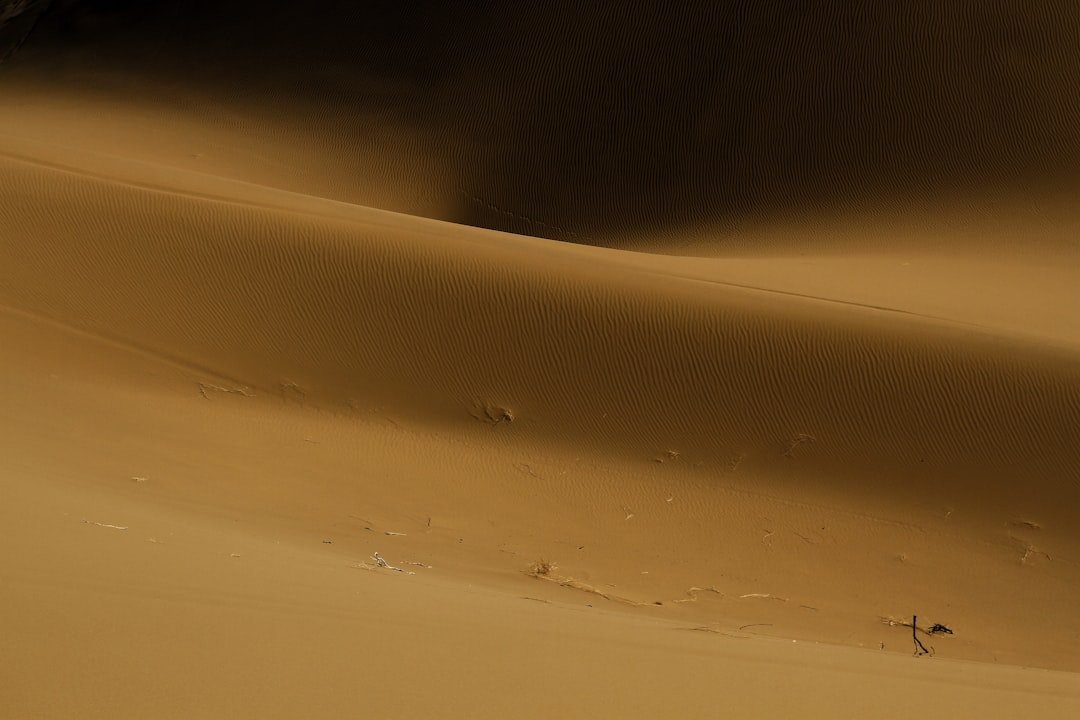
A singing dune behaves like an instrument you can play with your boots and a careful push. Start a small avalanche at the crest and a measurable tone can emerge from the spill of sand, rising as more grains join the flow. The slope’s geometry, layering, and moisture resemble an instrument’s body, tuning and amplifying the note.
Instruments have sweet spots, and so do . Certain faces consistently boom while neighboring slopes stay quiet, even under similar winds. That’s why researchers meticulously map grain size distributions, slope angles, and internal strata to find the hidden soundboard within the hill.
Why It Matters
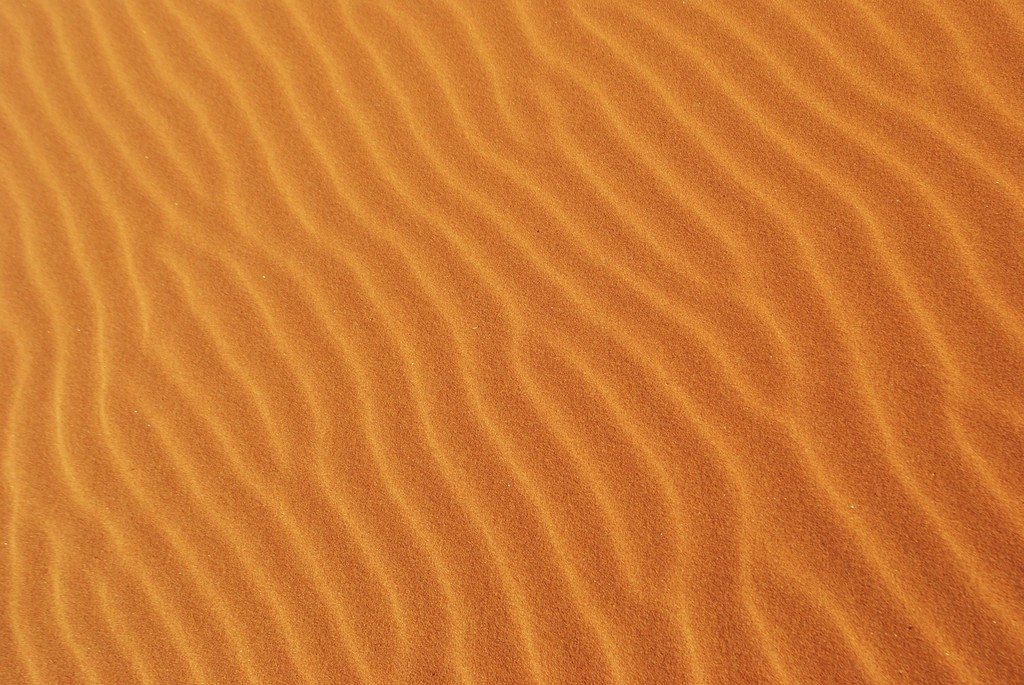
It’s tempting to treat singing as a curious sideshow, but they’re a frontline laboratory for the physics of granular media. Many industries wrestle with powders and grains – pharmaceuticals, mining, agriculture – and understanding when particles move together or fight each other can save money and prevent hazards. The dune’s self-organized rhythm offers a clean, natural example of synchronization in messy systems.
There’s also a safety angle. The same frictional whispers that add up to a boom are cousins to the acoustic emissions that precede landslides and avalanches in other settings. By decoding dune tones, scientists sharpen tools for listening to unstable slopes, where early warning can be the difference between a close call and a disaster.
Global Perspectives
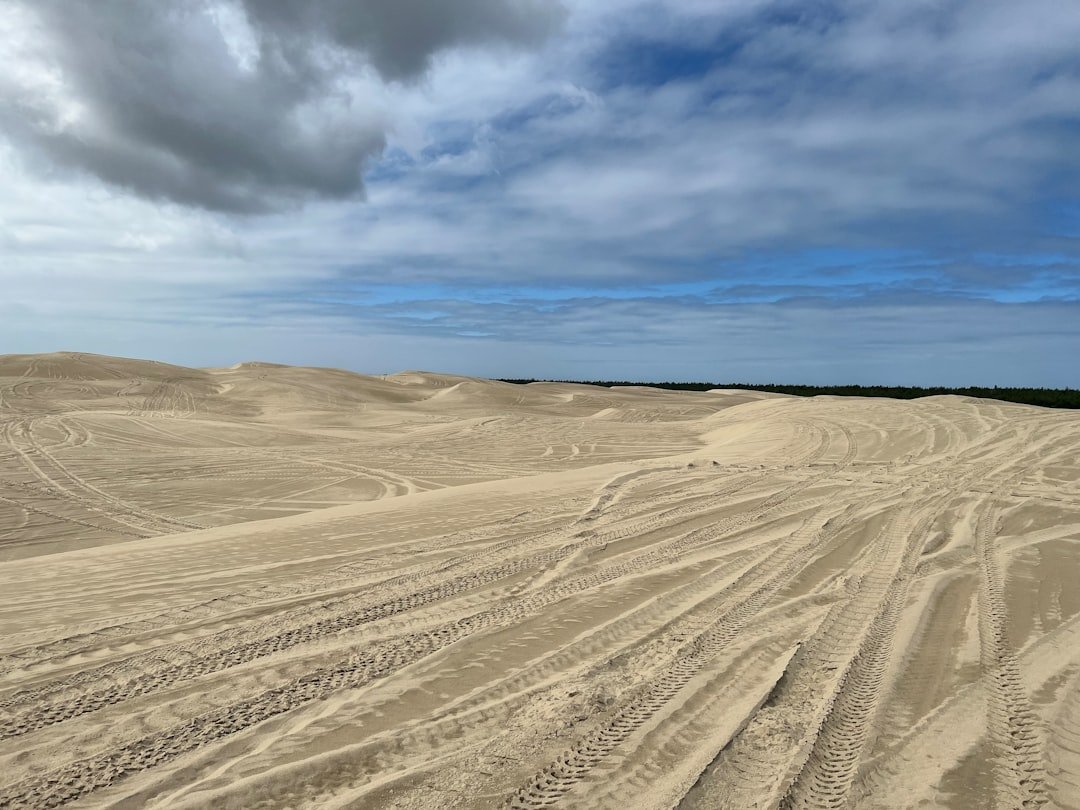
Singing dot the planet like rare instruments, cropping up in deserts from North Africa to Central Asia and the American West. Some sites are so reliable that local communities treat them as landmarks, while others sing only after a season of drying winds. The variability is a reminder that “desert” is not one uniform thing but a mosaic of textures and microclimates.
In the field, I’ve watched scientists carry gear over hot, shifting ground to meet a narrow window when the sand is dry, the wind is right, and the slope is primed. A single afternoon can make or break a campaign, and when the tone finally blooms, the relief is palpable. Those same data, compared across continents, are now knitting a rough global map of where and why the music arises.
The Future Landscape
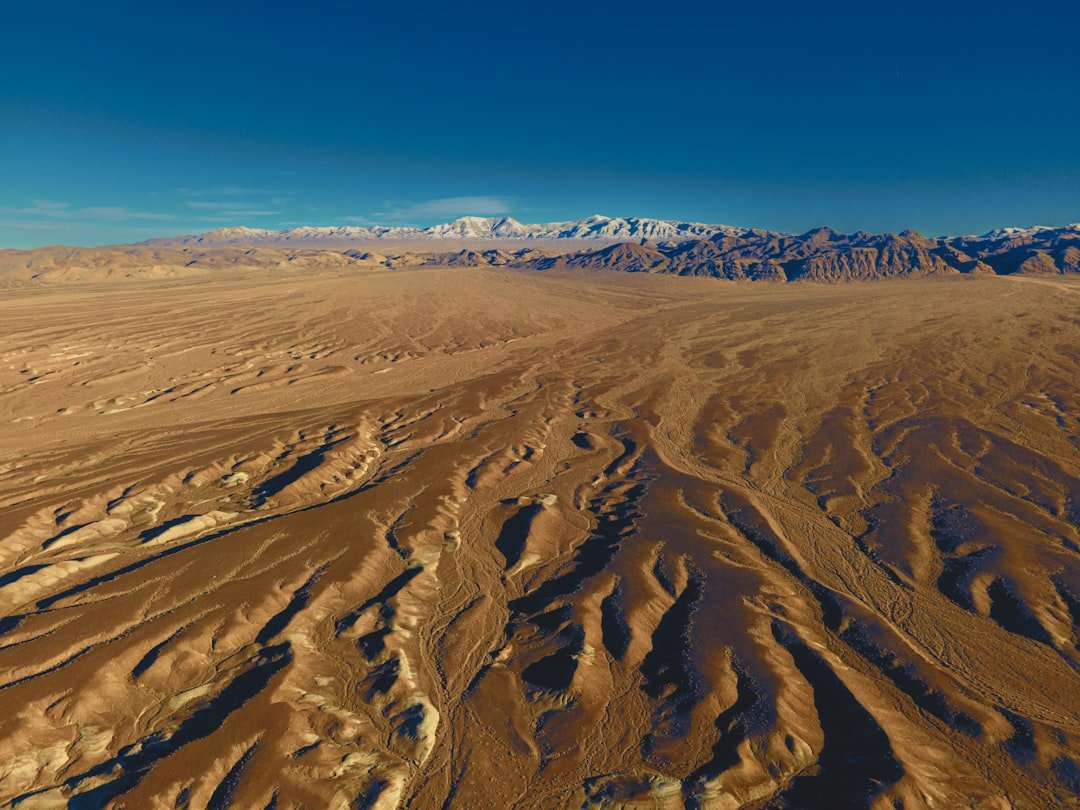
The next wave of discovery pairs clever physics with nimble tech. Drones can scan slip faces after storms, mapping subtle crusts and grain sorting, while compact seismic arrays eavesdrop on buried vibrations without disturbing the surface. Fiber-optic cables laid along a slope can act as thousands of microphones, listening for the first hints of synchronized motion.
Machine-learning models trained on these signals could forecast when a dune is “in tune,” guiding both research and conservation. Climate shifts complicate the picture by reshaping wind patterns and drying cycles, possibly changing where the best singers live. The challenge is to keep pace with a moving target while keeping a light footprint on fragile terrain.
Conclusion
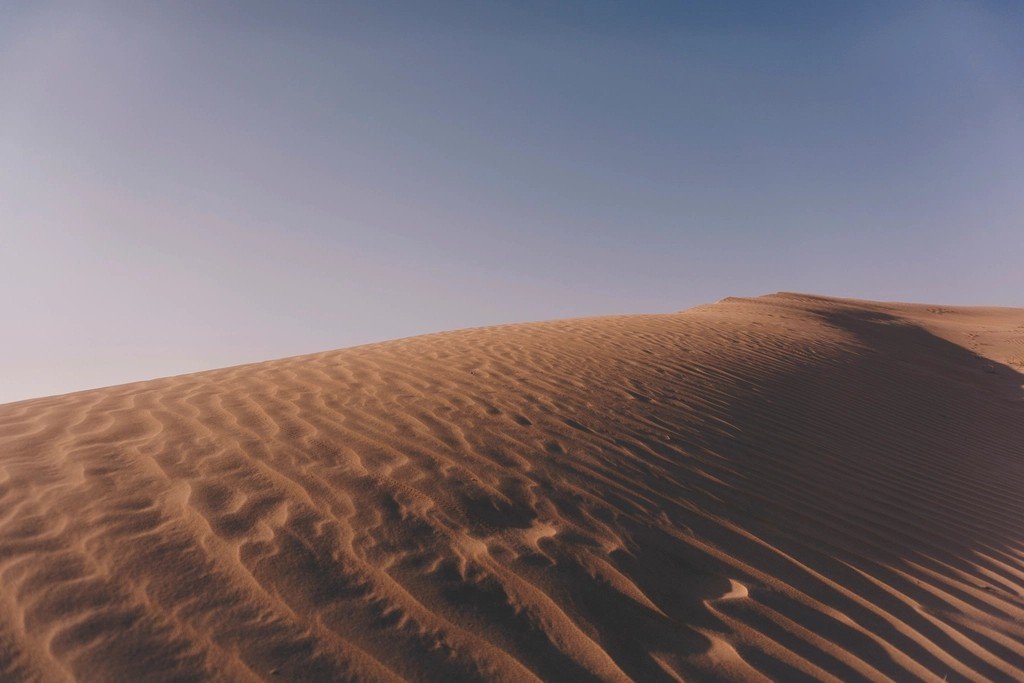
If you visit a dune field, treat it like a concert hall – quiet your steps, keep off the steep slip faces, and leave no trace. Support parks and reserves that manage off-road traffic, because engine tracks and repeated climbing can crust and compact the very surface that makes sing. Citizen scientists can help by recording ambient sound from safe distances, logging weather, and sharing observations with local land managers.
Educators and community groups can turn these natural concerts into entry points for physics, geology, and climate literacy. The music is delicate, and it depends on conditions that are changing in real time; your careful curiosity can help it continue. The next time a hill of sand starts to hum, will you be ready to listen – and to protect the stage that makes it possible?

Suhail Ahmed is a passionate digital professional and nature enthusiast with over 8 years of experience in content strategy, SEO, web development, and digital operations. Alongside his freelance journey, Suhail actively contributes to nature and wildlife platforms like Discover Wildlife, where he channels his curiosity for the planet into engaging, educational storytelling.
With a strong background in managing digital ecosystems — from ecommerce stores and WordPress websites to social media and automation — Suhail merges technical precision with creative insight. His content reflects a rare balance: SEO-friendly yet deeply human, data-informed yet emotionally resonant.
Driven by a love for discovery and storytelling, Suhail believes in using digital platforms to amplify causes that matter — especially those protecting Earth’s biodiversity and inspiring sustainable living. Whether he’s managing online projects or crafting wildlife content, his goal remains the same: to inform, inspire, and leave a positive digital footprint.




